A team of astronomers has found a new tool to discover pulsars. Pulsars are rapidly rotating neutron stars that blast out pulses of radiation at regular intervals ranging from seconds to milliseconds.
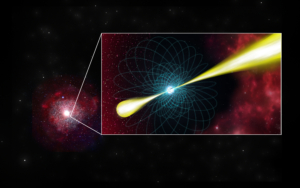
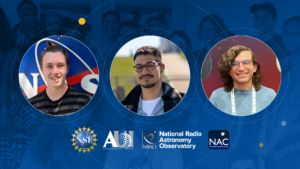
AUI and the NSF NRAO Announce the Recipients of the 2024 AUI Board of Trustees NAC Bridge Scholarship Award
AUI and the U.S National Science Foundation National Radio Astronomy Observatory (NSF NRAO) have announced the recipients of the…
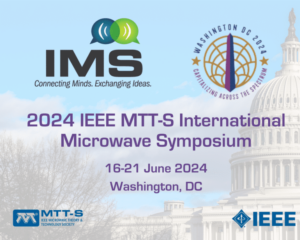
Engineers Descend upon DC for International Microwave Symposium, NRAO Will Exhibit, Scientist to Receive Pioneer Award
NRAO and the Central Development Laboratory (CDL) will showcase the latest developments in radio instrumentation technology at the 2024 International Microwave Symposium, where NRAO scientist Marian Pospieszalski will be awarded the 2024 Microwave Pioneer Award.

NRAO and SpaceX Coordinate to Protect Radio Astronomy
NRAO and SpaceX have engaged in coordinated experiments involving NRAO telescopes and the Starlink satellite constellation for over two years. Early experiments began in late 2021 with the deployment of working Starlink user terminals near the Jansky Very Large Array (VLA) in New Mexico and have continued to the present day. These experiments highlight the ways in which satellite constellations and radio telescopes might be able to coexist, provided there is mutual awareness of what the other is doing.
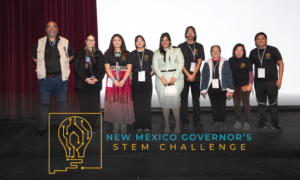
National Radio Astronomy Observatory Shines at New Mexico Governor’s STEM Challenge
The National Radio Astronomy Observatory (NRAO) marked its presence for the third consecutive year at the prestigious New Mexico Governor’s STEM Challenge
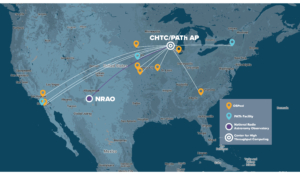
Astronomers & Engineers Use a Grid of Computers at a National Scale to Study the Universe 300 Times Faster
Looking for a more efficient way to process a particularly large VLA data set, to produce one of the deepest radio images of the Hubble Ultra Deep Field (HUDF), made famous by the Hubble Telescope, NRAO staff decided to try a different approach.





